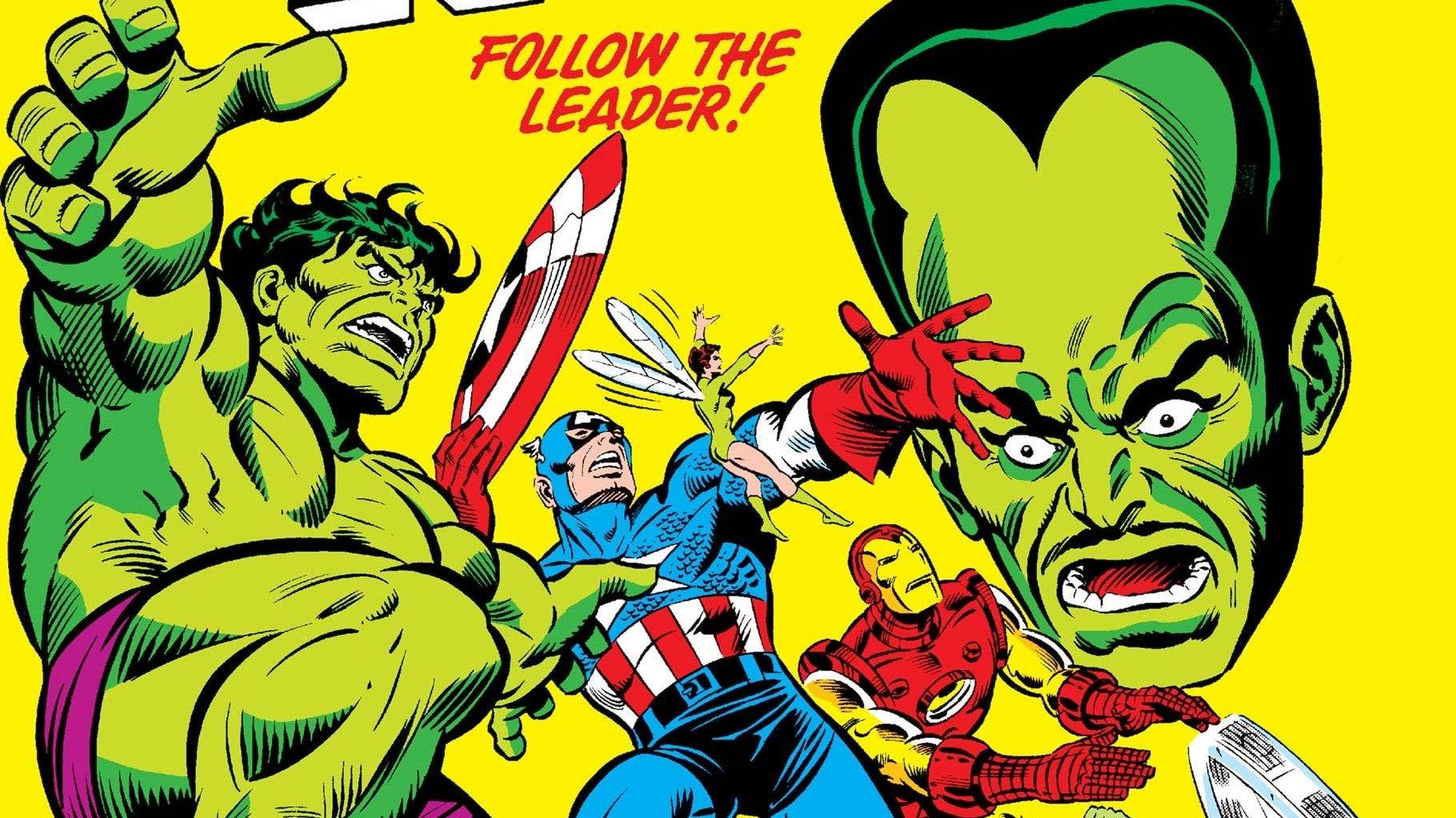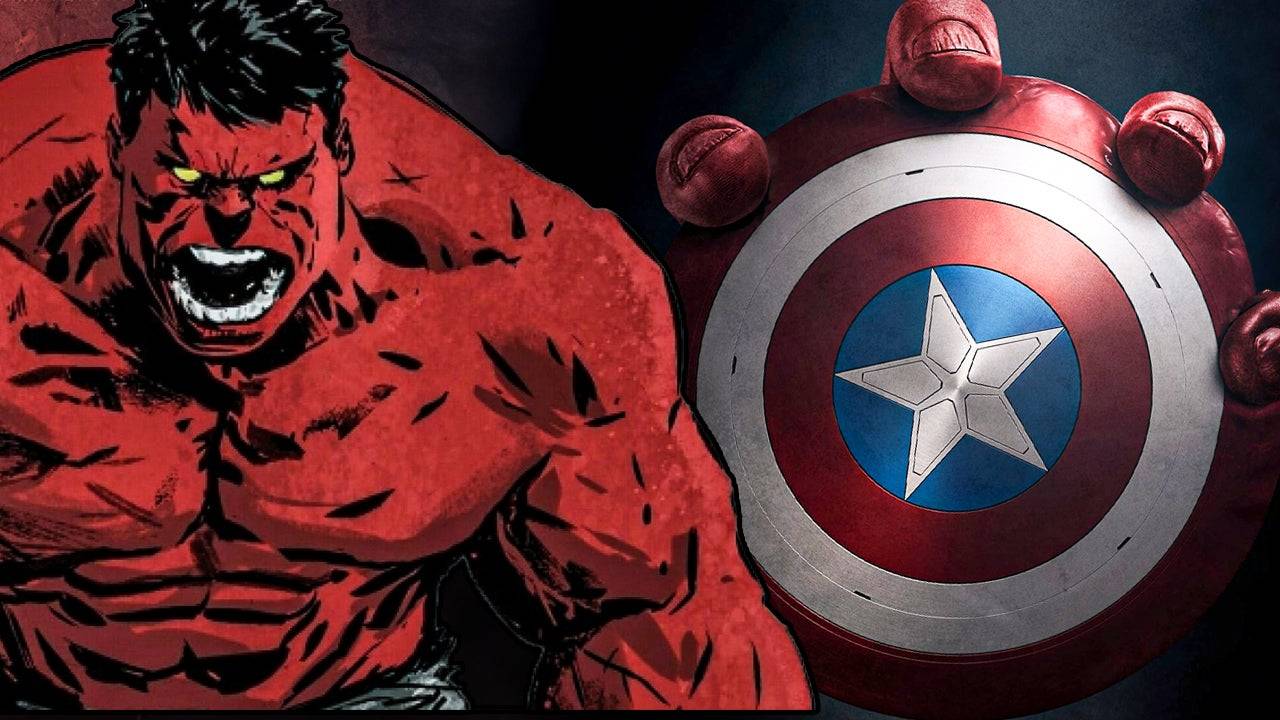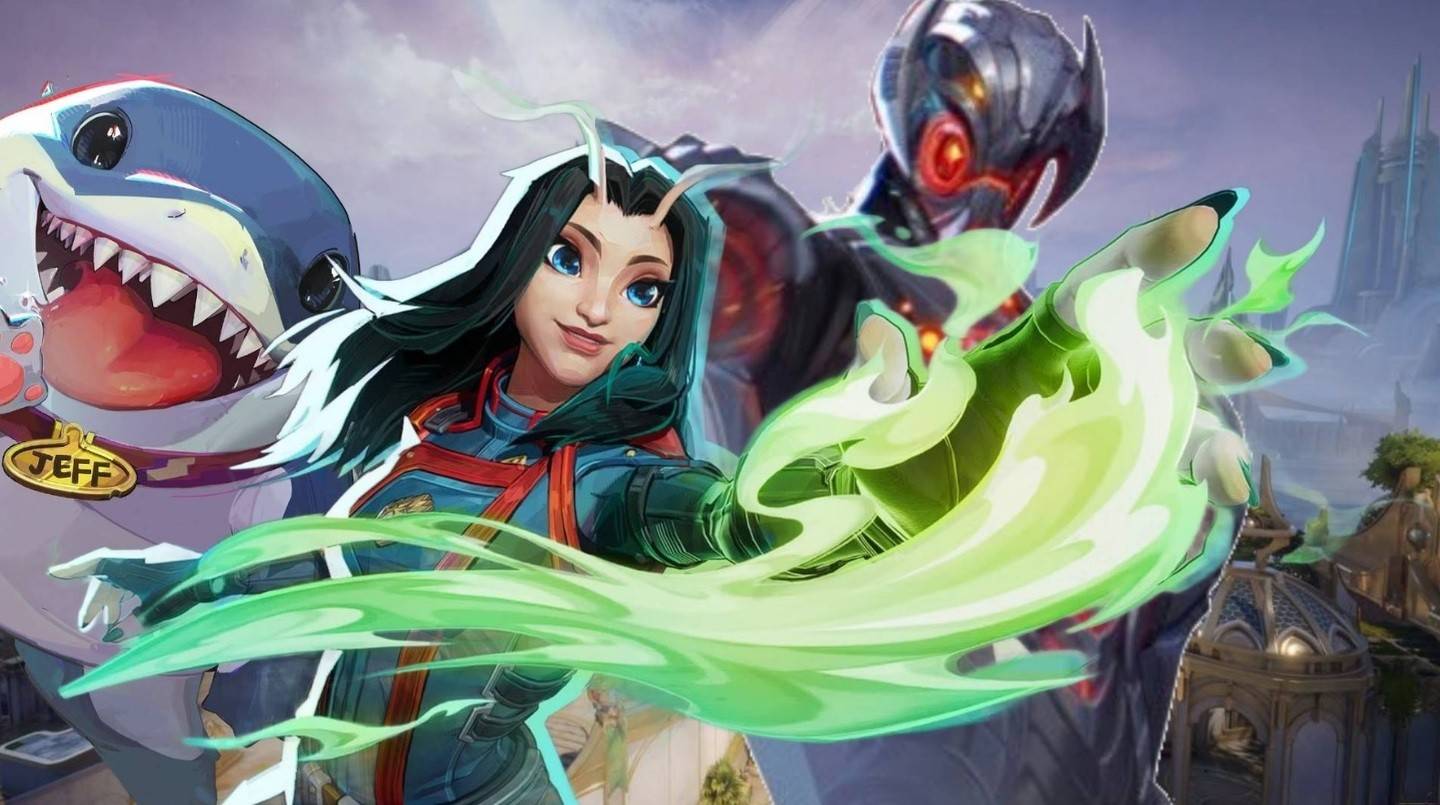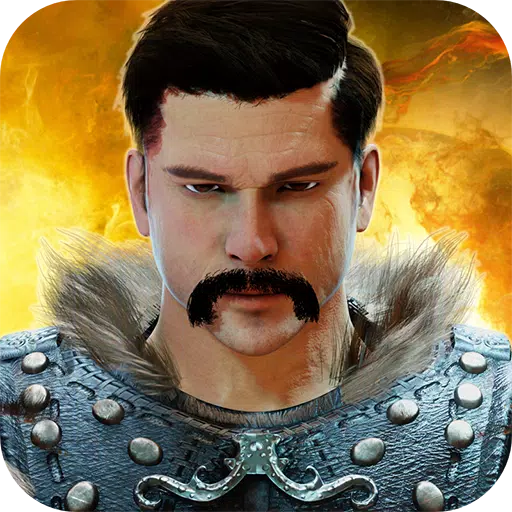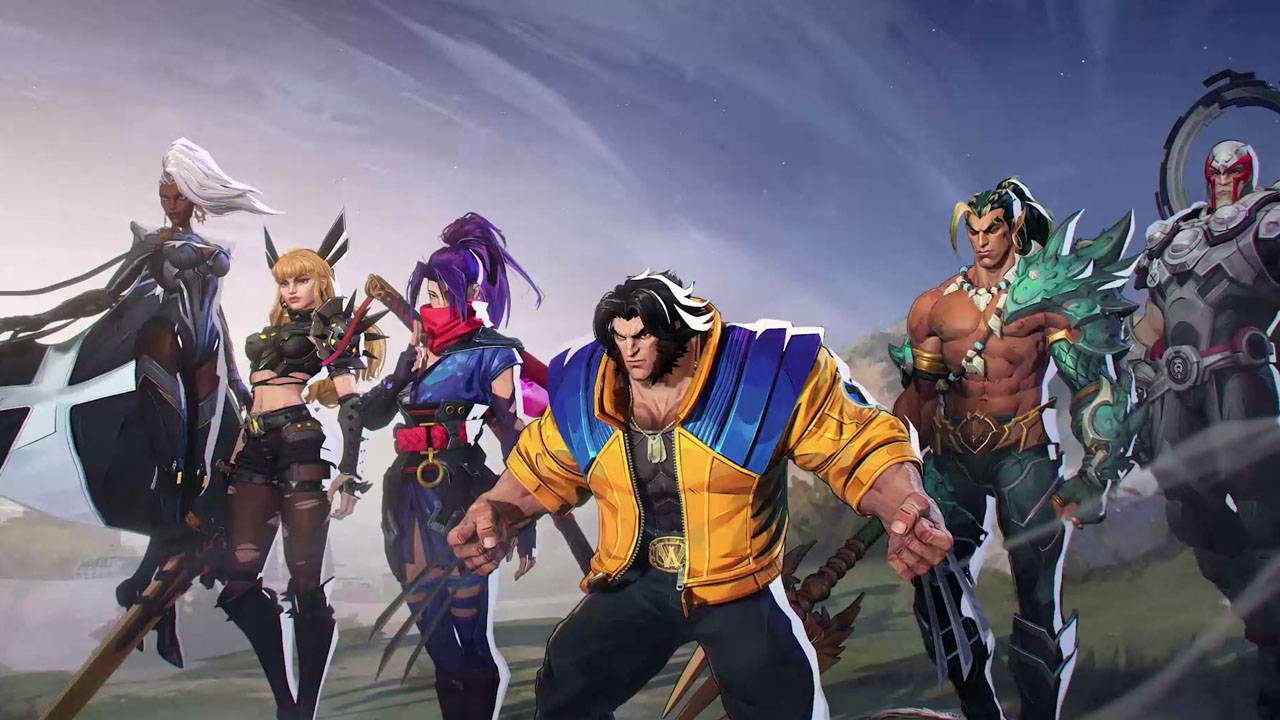Tim Blake Nelson's return as Samuel Sterns/The Leader in Captain America: Brave New World is a significant event, especially considering his last appearance in 2008's The Incredible Hulk. While his role as a Captain America antagonist might seem unexpected, it's a strategic move by Marvel. The Leader, a brilliant mastermind whose intelligence rivals the Hulk's strength, presents a unique challenge for Sam Wilson, a threat unlike any he's faced before.
The Leader's origin story, briefly revisited, showcases his transformation after exposure to gamma-irradiated blood. Initially an ally to Bruce Banner, Sterns' ambition to harness the blood's power for humanity led to his unintended transformation. This sets the stage for his potential motivations in Brave New World.
The absence of a solo Hulk film, due to Universal's rights, explains the Leader's delayed return and his unexpected appearance in a Captain America film. His resentment towards those responsible for his transformation, particularly General Ross (now played by Harrison Ford), could drive his actions. Targeting Ross, and by extension Captain America, allows The Leader to enact revenge and potentially destabilize America's global standing.
Director Julius Onah highlights the Leader's unexpected nature as a key element of his threat. This unexpected villain presents a significant test of Sam Wilson's leadership, forcing him to navigate a post-blip, post-Thanos world and rally a new team against an intellectual adversary. This conflict serves as a pivotal moment, showcasing Sam's evolution as Captain America and setting the stage for future MCU narratives, potentially leading into the Thunderbolts film.
The Leader's strategic role in Captain America 4 suggests a potential shift in the MCU's power dynamics, possibly leading to a darker, more unpredictable era. The film's climax may not conclude with a traditional superhero victory but instead lay the groundwork for a new chapter of conflict.
